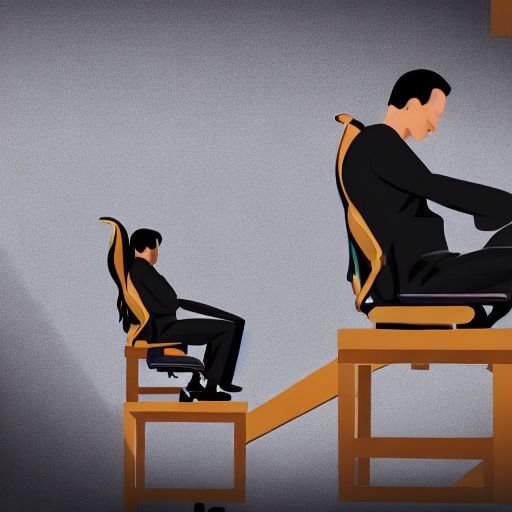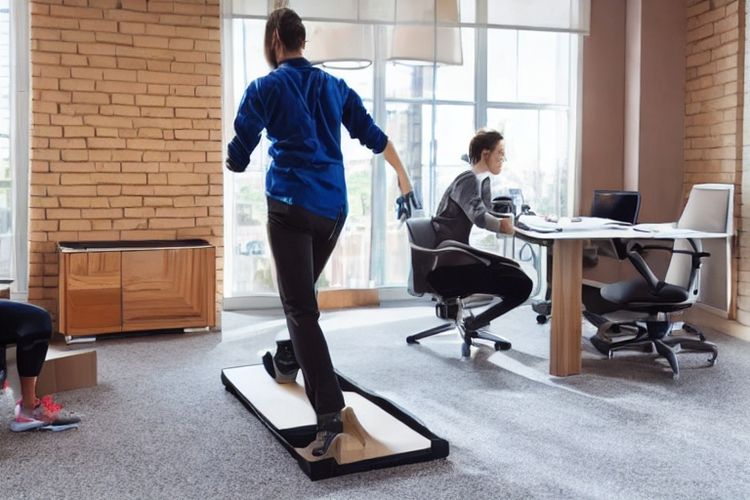The Rise of Sedentary Living: How Technology is Making us More Inactive

In today’s fast-paced, technologically advanced world, it seems that our lives have become increasingly sedentary. With the rise of smartphones, tablets, and smart TVs, we have become more attached to our screens than ever before. While these advancements have undoubtedly made our lives easier and more convenient, they have also led to a significant decrease in physical activity and an increase in sedentary living. This article explores the ways in which technology is making us more inactive and the detrimental effects this can have on our health and well-being.
One of the main reasons for the rise of sedentary living is the increasing accessibility and convenience of technology. Before smartphones and tablets, if we wanted to watch a movie or TV show, we had to sit in front of the television. Now, we can stream our favorite shows on our phones or tablets, allowing us to watch wherever and whenever we please. This has led to a significant decrease in physical activity, as we no longer have to get up and move to change the channel or adjust the volume.
Additionally, technology has made our lives more sedentary by providing us with countless forms of entertainment at our fingertips. Social media, video games, and streaming services are just a few examples of the endless sources of entertainment that can easily captivate us for hours on end. With so many options available, it’s easy to get lost in the digital world and forget about the importance of physical activity.
The sedentary lifestyle that technology promotes not only affects our physical health but also our mental well-being. Research has shown that a lack of physical activity can lead to increased feelings of depression, anxiety, and stress. When we spend prolonged periods sitting and engaging with screens, we often neglect other activities that are crucial for our mental well-being, such as going outside, socializing, or participating in hobbies and interests. These activities not only provide a break from sedentary behavior but also contribute to our overall happiness and life satisfaction.
Moreover, sedentary living has been linked to serious health concerns, including obesity, heart disease, and diabetes. When we spend too much time sitting and being inactive, our bodies are not burning the calories necessary to maintain a healthy weight. Additionally, prolonged sitting can lead to poor posture, muscle imbalances, and decreased flexibility. All of these factors combined can have long-term detrimental effects on our physical well-being.
While technology has played a significant role in promoting sedentary living, it can also be part of the solution. Many fitness apps and wearables have been developed to help individuals track their physical activity levels and encourage them to get moving. These apps offer reminders to stand up, walk, or engage in some form of exercise. Furthermore, there are various online workout programs and fitness communities that provide resources and motivation to lead an active lifestyle.
In conclusion, the rise of sedentary living is a concerning trend driven by the accessibility and convenience of technology. While it has undoubtedly made our lives easier and more connected, it has also made us more inactive. It’s important to recognize the negative effects of this sedentary lifestyle on our physical and mental well-being. By incorporating regular physical activity into our daily routine and utilizing technology in a way that promotes an active lifestyle, we can strive to find a balance between the digital world and our physical health.



